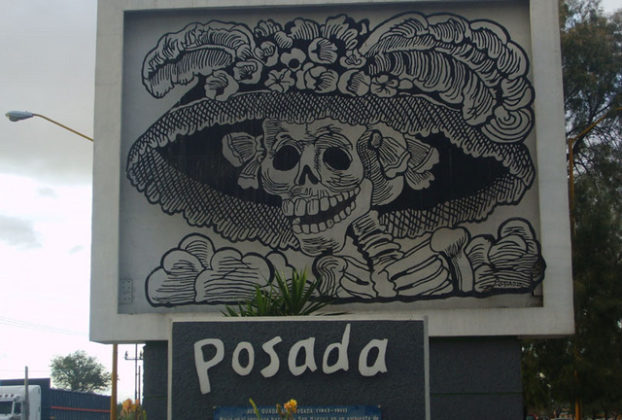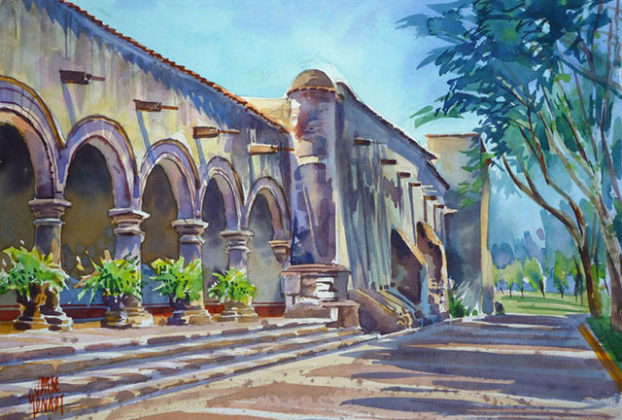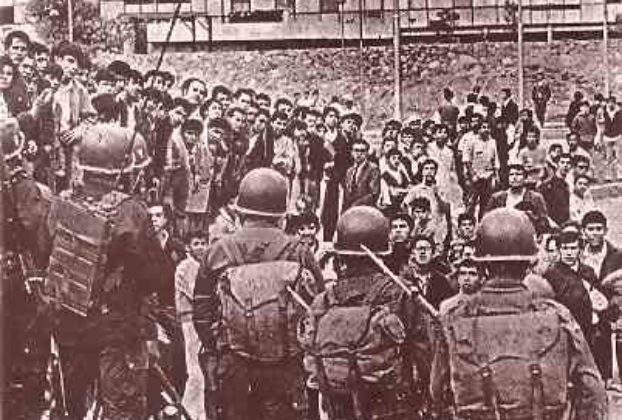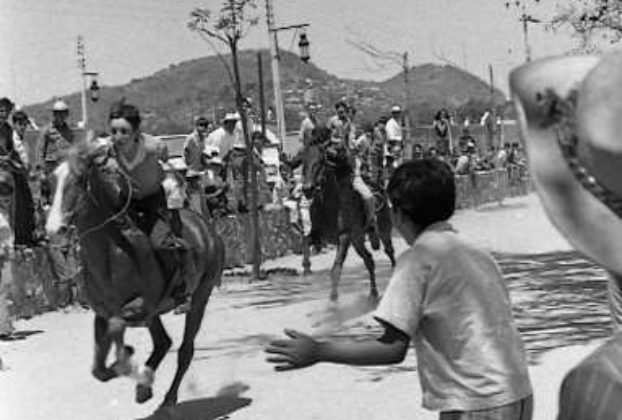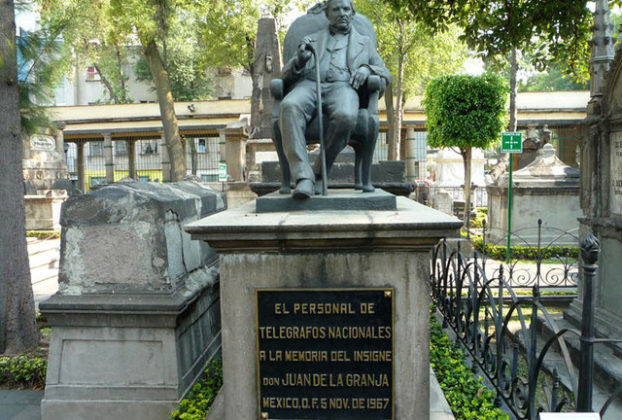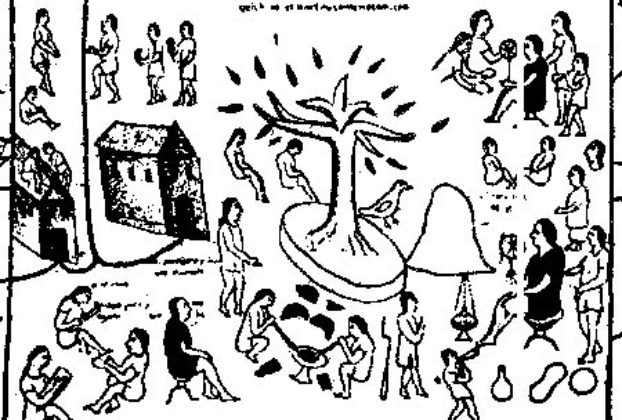Lerdo de Tejada: Jacobin to liberal elitist
Timothy Dwight, the fervently reactionary and comically pompous head of Yale University, was a strong Federalist supporter who predicted that the accession of Thomas Jefferson to the presidency would lead to “a frenzied dance of Jacobinism.” Jacobinism — the doctrine of the ultra-radical and anticlerical wing of the French revolutionary movement — was as much […]
Continue Reading
